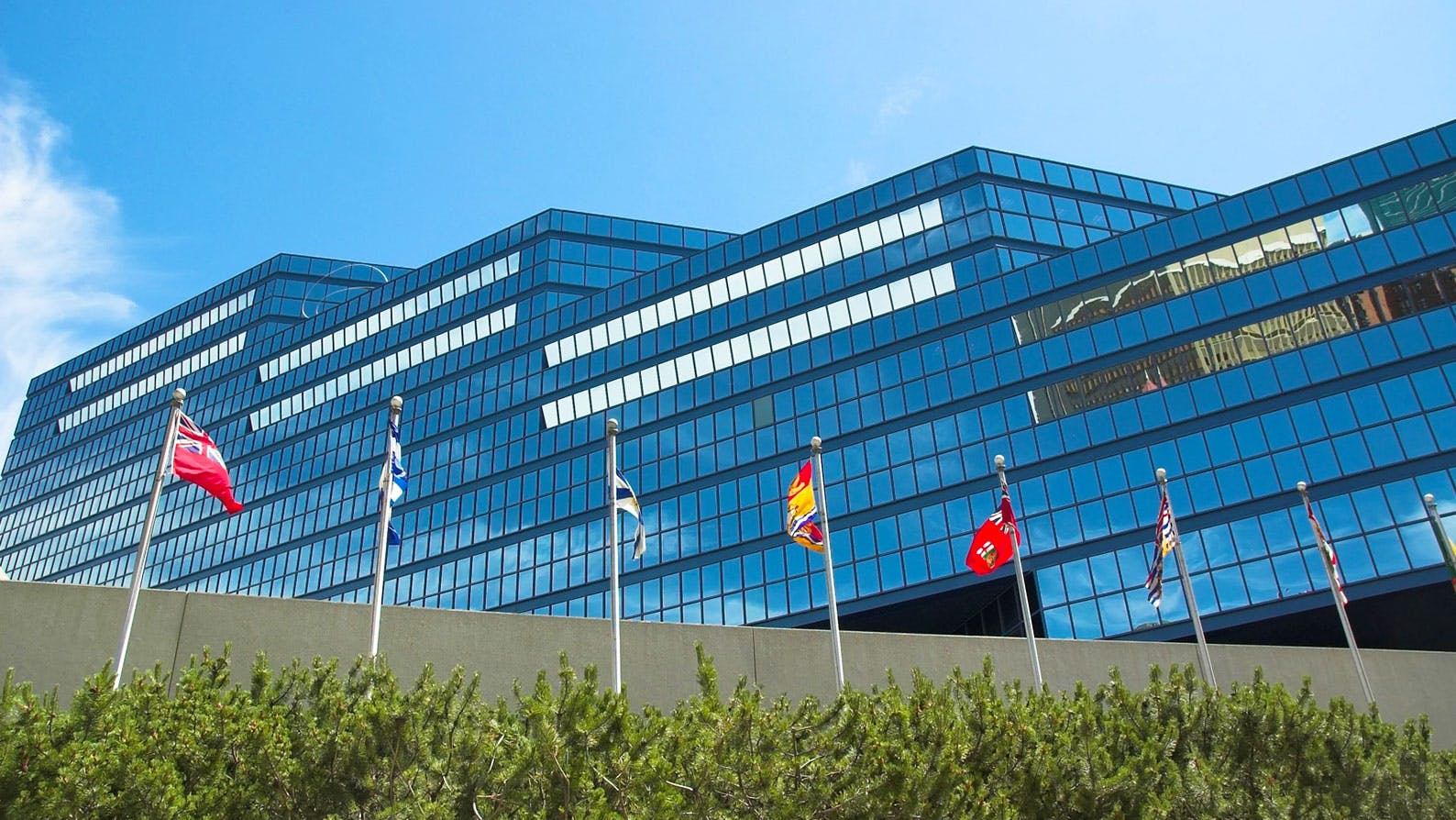December 11, 2019
The Calgary Chamber has worked with City Council to address the financial issues facing businesses and our community, particularly during the latest period of prolonged economic difficulty and uncertainty. In 2017, we released our A Calgary That Works report which highlighted the significance of the high vacancy rate in Calgary’s downtown core, and the tax pressure it was and would continue to place on Calgary’s business community.
Since then, downtown vacancy rates have remained high, resulting in a decreased valuation of these properties that in turn shifted the tax burden onto businesses outside of the core. Tax contributions from businesses in the core dropped by $257 million and businesses outside of the downtown core, a majority of which run significantly smaller operations, were left to make up the difference. This drastically affected smaller businesses, forcing some to close their doors and lay off hardworking Calgarians. Since December 2018, 29 businesses on 17th Avenue have closed their doors, and another 15 have ceased operations in Kensington.
Three additional factors compounded the issue for businesses in Calgary: increasing non-residential tax rates, business tax consolidation into one rate, and the continued usage of the Phased Tax Program (PTP).
Budget 2020 results
Following a weeks’ long deliberation and much committee work beforehand, City Council approved the 2020 budget and adjustments to the One Calgary Service Plans at the end of November 2019.
Council approved a municipal tax increase of 1.5 per cent, however, this was offset by $24 million in one-time funding from the City’s investment fund, making the effective tax increase only 0.7 per cent. While the decision to subsidize the tax increase gives the city more time to make further budget reductions, it does not offer a long-term sustainable solution, considering there will be a municipal election in 2021.
Council did approve a tax shift that would see non-residential property owners take on 48 per cent of the tax burden, with residential property owners accounting for the remaining 52 per cent. The shift increases property taxes by 7.5 per cent for the average homeowner, or approximately $150 a year.
City officials state the non-residential tax rate will decrease by approximately 11.3 per cent, however, the impact will vary by types of non-residential property. Downtown AA class building can expect a 19 per cent reduction but business owners in neighborhood shopping centres, strip malls, and businesses on 17th Avenue will see taxes increase by 18, 14, and 12.75 per cent respectively.
Council has stated their understanding of the economic pressures facing both citizens and business owners but reiterated the need for balance between the two. Council plans on returning in the first quarter of 2020 to discuss options for a transitional non-residential PTP for 2020-21 in addition to strategies that achieve budget reductions of $24 million in 2021 and $50 million in 2022.
Chamber’s position
Throughout 2019, the Chamber has stated that Calgary’s property tax system is at a crucial crossroads. Ahead of budget 2020 discussions, we further outlined the case for rebalancing the property tax in a submission to Council.
Council’s decision to adjust the non-residential to residential property tax ratio is a crucial first step for the viability and competitiveness of Calgary’s business community. But there is more that needs to be done to alleviate the budgetary burden facing Calgarians.
What we really needed to see, and what the Chamber has been calling for, is a long-term structural adjustment to the property tax system. Heading into 2020, the Calgary Chamber will continue to call upon and strongly advocate for City Hall to deliver on three-key components for long-term structural changes:
- Re-evaluate its spending decisions, focusing on reducing costs and increasing efficiencies of service delivery;
- Selling of non-revenue generating land to increase the city’s tax base and potential revenues;
- Further reducing the tax ratio to 2.8:1 by 2022, to increase Calgary’s competitiveness and encourage business development.
Change at the provincial level also has a strong impact on how Calgary moves forward. The City needs to work with the provincial government to find long-term solutions. The City and the provincial minister of municipal affairs should form a task force to review the tax assessment process of City’s. Building vibrant and prosperous communities, now and into the future, require that we all row in the same direction.
References
Calgary Herald, Slammed by Downtown ‘Tax Shift’, Shop Owners Bail Out of Trendy Districts. https://calgaryherald.com/business/local-business/spate-of-business-closures-hits-calgarys-most-popular-districts
Calgary Herald, Calgary Businesses Welcome Tax Shift, but Say it’s ‘Just One Poke in the Eye, Instead of Two.’ https://calgaryherald.com/opinion/columnists/varcoe-business-tax-shift
Calgary & District Labour Council, Presentation to City Council. https://pub-calgary.escribemeetings.com/filestream.ashx?DocumentId=115276
City of Calgary, One Calgary 2019-2022 Service Plans and Budgets. https://www.calgary.ca/cfod/finance/Documents/Plans-Budgets-and-Financial-Reports/Plans-and-Budget-2019-2022/Service_Plans_and_Budgets_2019-2022.PDF





